Google’s latest AI model, Gemini 2.0, has been unveiled with significant expectations as the company intensifies its efforts in the competitive AI landscape. Like its rivals—Amazon, Microsoft, Anthropic, and OpenAI—Google is investing heavily in integrating AI across its products, developing tools for external developers, and creating cost-effective infrastructure to support these advancements without jeopardizing financial stability.
Demis Hassabis, CEO of Google DeepMind and leader of Google’s AI initiatives, is optimistic about the potential of Gemini 2.0. The model, which debuts approximately 10 months after Gemini 1.5, represents a significant leap forward. Though still labeled an “experimental preview,” the initial release includes only the lower-tier version called Gemini 2.0 Flash. Hassabis believes the release is noteworthy, explaining, “Effectively, it’s as good as the current Pro model is. So you can think of it as one whole tier better, for the same cost efficiency and performance efficiency and speed.”
Enhancements in Capabilities and Multimodality
Gemini 2.0 not only improves upon its predecessor’s abilities but also introduces new functionalities. It can now natively generate audio and images, and its advanced multimodal capabilities pave the way for the development of agent-based AI systems. Agentic AI refers to autonomous AI systems that can perform tasks on behalf of users. For example, Google’s Project Astra, a visual agent first demonstrated earlier this year, leverages Gemini 2.0’s advancements. Astra can identify objects, guide navigation, and even help users locate misplaced items like glasses.
Additional projects powered by Gemini 2.0 include Project Mariner, an experimental Chrome extension capable of operating a web browser autonomously. Jules, another agent, is designed to assist developers by identifying and fixing code errors. There’s even a gaming-focused agent that uses Gemini 2.0’s capabilities to enhance gameplay by analyzing screens and offering guidance. Hassabis refers to the gaming agent as “an Easter egg” but emphasizes its potential as an example of what multimodal AI can achieve.
The Shift Toward Agent-Based AI
Hassabis envisions 2025 as the beginning of the “agent-based era,” with Gemini 2.0 serving as the foundational model. He highlights not only the model’s improved performance but also its gains in efficiency and speed, addressing industry concerns about a perceived slowdown in AI advancements. These improvements are critical as Google integrates Gemini 2.0 into a wide range of applications and platforms.
Comprehensive Integration Across Google Products
Google’s plan for Gemini 2.0 is ambitious: to deploy it across nearly every facet of its ecosystem. It will enhance AI Overviews in Google Search, which now reaches a billion users, providing more nuanced and complex insights. The model will also underpin features in the Gemini app and bot, as well as AI tools within Google Workspace and other products. To streamline its AI capabilities, Google aims to consolidate features into the Gemini model itself, moving away from a fragmented approach of siloed products. Hassabis explains, “We’re trying to build the most general model possible.”
Challenges in the Agentic AI Era
As agent-based AI systems like Gemini 2.0 gain prominence, both existing and emerging challenges must be addressed. Longstanding concerns revolve around performance efficiency and cost management. However, new questions are arising about the safety and ethical implications of autonomous AI agents operating independently in the real world. Hassabis acknowledges these risks, particularly with projects like Mariner and Astra, and stresses the importance of testing these agents in controlled environments. “We’re going to need new safety solutions,” he says, “like testing in hardened sandboxes. I think that’s going to be quite important for testing agents, rather than out in the wild… they’ll be more useful, but there will also be more risks.”
Accessibility and Future Expansion
Although Gemini 2.0 is currently in its experimental phase, it is already available through the Gemini web app, allowing users to explore the new model. However, only the Flash version is accessible for now, with no timeline provided for the release of non-Flash versions. Looking ahead, Hassabis states that Gemini 2.0 will be rolled out to other Gemini platforms, integrated into additional Google products, and potentially impact the broader internet landscape in early 2025.
Conclusion
Google’s Gemini 2.0 represents a pivotal step in the evolution of AI, blending enhanced multimodal capabilities with a vision for agentic AI systems. As the company seeks to embed the model across its ecosystem and beyond, it also faces the dual challenge of ensuring safety and managing ethical concerns. While the full potential of Gemini 2.0 is yet to be realized, its debut signals Google’s commitment to shaping the next generation of AI technology. With its ambitious goals and comprehensive integration strategy, Gemini 2.0 positions Google at the forefront of the AI race, ready to tackle the challenges and opportunities of the agent-based era.
